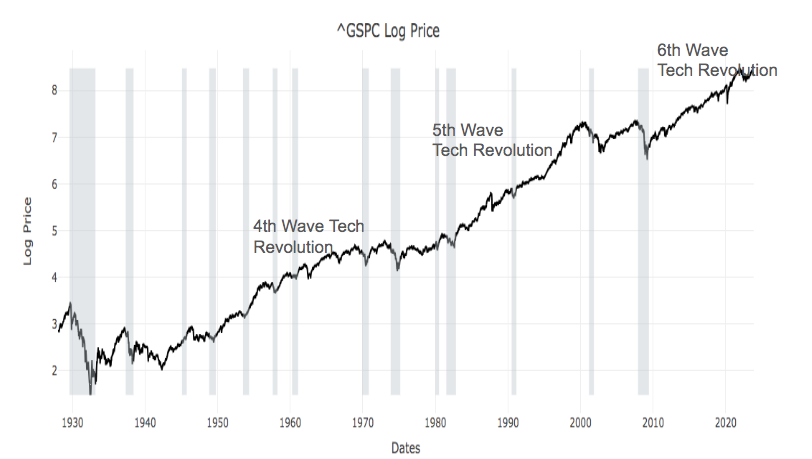Demystifying Credit: Navigating Between Illusion and Genuine Transformation
Understanding that capital is created through the transformation of energy, matter, or information is crucial; this is the core of any productive process.
In my perspective, credit operates much like a time machine. I dare to borrow from my future self to breathe life into meaningful projects in the present. The essence of this approach lies in the steadfast belief that the future will surpass the present; in a decade, an improved salary, a more prosperous business, and economic growth for the country are anticipated.
Yet, at times, current administrations or the government in power choose to defer problems to the next administration. This process contributes to the creation of the economic cycle, marked by phases of expansion followed by recession.
The absence of real productivity or value creation carries consequences. Since 2009, the world has been postponing the issue of productivity to the next decade. Those who haven't generated value now face a short-term outstanding balance. With long-term interest rates in the United States reaching 5%, one might say the bill has arrived, but it's also the tipping point that gives rise to a new economy.
Understanding that capital is created through the transformation of energy, matter, or information is crucial; this is the core of any productive process. Credit, on the other hand, doesn't generate capital; it merely shifts our future possibilities to the present without genuine transformation.
Since 2020, we've been witnessing a true transformation in global value chains, along with the impact of artificial intelligence on manufacturing processes, biotechnology, and even our understanding of matter and energy. We're immersed in a technological revolution comparable to the era of petrochemicals and automobiles between 1930 and 1970 or the technological revolution of personal computers and the onset of the internet from 1980 to 2001.
S&P500. Logarithmic scale. Technological revolutions.
We find ourselves at a juncture where one era is about to conclude, and another is on the brink of adolescence.
Thanks for reading,
Guillermo Valencia A



